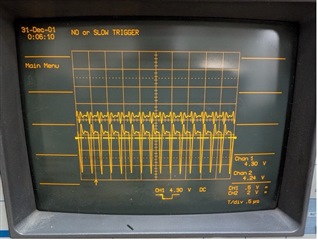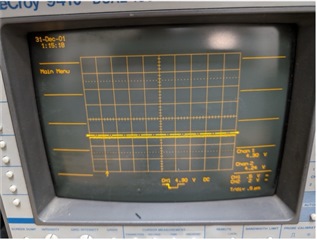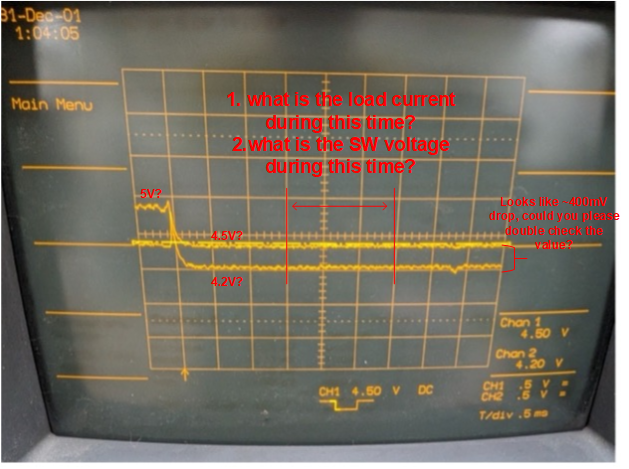Other Parts Discussed in Thread: BQ25896
We are using the TPS61253A in forced PWM mode, to supply 5V to some heaters from single li-ion cell. Generally it has been working well. On some boards if the chip is operating while the system is charging, at 5V, it seems to get stuck in pass through mode. Even after the charging has been disconnect the output will continue to fall with the system voltage/input voltage to 4.2V or lower. It appears to be stuck in pass through mode. Reseting the TPS61253A will return it to controlling the voltage, but this is somewhat undesirable from a performance perspective. Any advice on why this might be happening and how to prevent it would be appreciated. Thank you
Jeff














